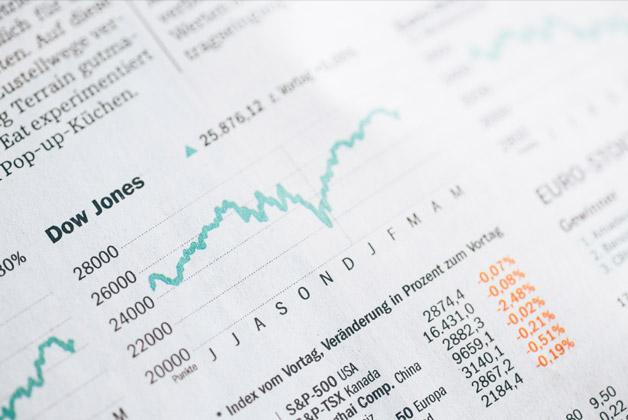
The pandemic that hit the world in 2019, is continuing to strain social and economic conditions, particularly in the US and India. These countries are grappling with a public health crisis owing to a burgeoning number of covid19 cases, coupled with a severe downturn in the economy. While no aspect of everyday life has been spared, some have been particularly badly hit. The stringent and sudden lockdowns, especially in India, have been unrelenting towards any economic activity and thus have largely been attributed to the economic distress we are witnessing today.
India’s quarterly GDP contracted by 23.9 percent. This has been the steepest contraction ever since we have kept such data. With consumer spending slowing down, private consumption fell by 26.7% and so did imports.Unemployment has been rising since 2016. The decline in household savings as well as a trend in curtailed spending is inevitable. Exports reduced by 20%, given the disruptions in the global supply chain during the pandemic. Investments shrank the most, by about 47%. Government spending was the only exception and public expenditure increased by 16.4%. However, the next quarter may see a plunge in Government spending. With one of the world's strictest lockdowns in place, no sector could salvage itself. Apart from agriculture all sectors witnessed a sharp fall, whether it was construction, hotels, manufacturing, trade, or services. Agriculture recorded positive growth owing to a good monsoon season and large-scale procurement of food grains. The States also took a dive, with the top 10 states accounting for 73.8% GDP loss. Maharashtra, Tamil Nadu and UP were the biggest contributors to this loss. The spate of localised lockdowns will continue to exacerbate the losses. As the moratorium on EMIs and loans lifts , the rise in NPAs will further escalate the economic crunch. India will see a rise in inequalities as a flourishing stock market confronts a largely debt-ridden and unemployed population.
Other countries have also not been immune to shocks of pandemic-led economic disruptions. G7 countries such as the UK, US and Germany also recorded deep contractions in their GDP. Global recession is the deepest since World War II and global unemployment is highest since the 1960s. Emerging and developing economies are experiencing contraction for the first time. As the GDP contracts, economic hardships and lower productivity are unavoidable. This will lead to an increase in unemployment levels and thereby lower wages. The lower wages will in turn further lower consumption resulting in further contraction, leading to an eventual deflation. While the experts expect a v-shaped recovery, the turnaround time is largely unpredictable.
Pandemics in history such as the Spanish Flu and the Asian Flu have been studied more from a healthcare angle rather than an economic perspective. Nevertheless, economic repercussions cannot be ignored. The Spanish Flu which lasted for two years during 1918-20, is estimated to have infected 500 million and caused 50 million deaths globally. Unlike COVID19, Spanish Flu impacted the young working population between the age groups of 20-30 years. While the Spanish Flu did bring about GDP reduction, the intensity was less owing to several factors. One being the wartime contingency of the period that kept production ramped up and factories functional. Moreover, social distancing measures imposed were not as strictly imposed as during the covid19 outbreak. Economic recovery was fast, a study highlights how the worst-affected states recovered the fastest by incorporating changes in their production strategy. The IMF has pegged global GDP growth at -4.9% as of June 2020 as this is the first time several countries have gone into recession at the same time.
Read more at:https://www.siasat.com/india-us-should-stop-distracting-public-attention-from-hunger-infection-1967068/
